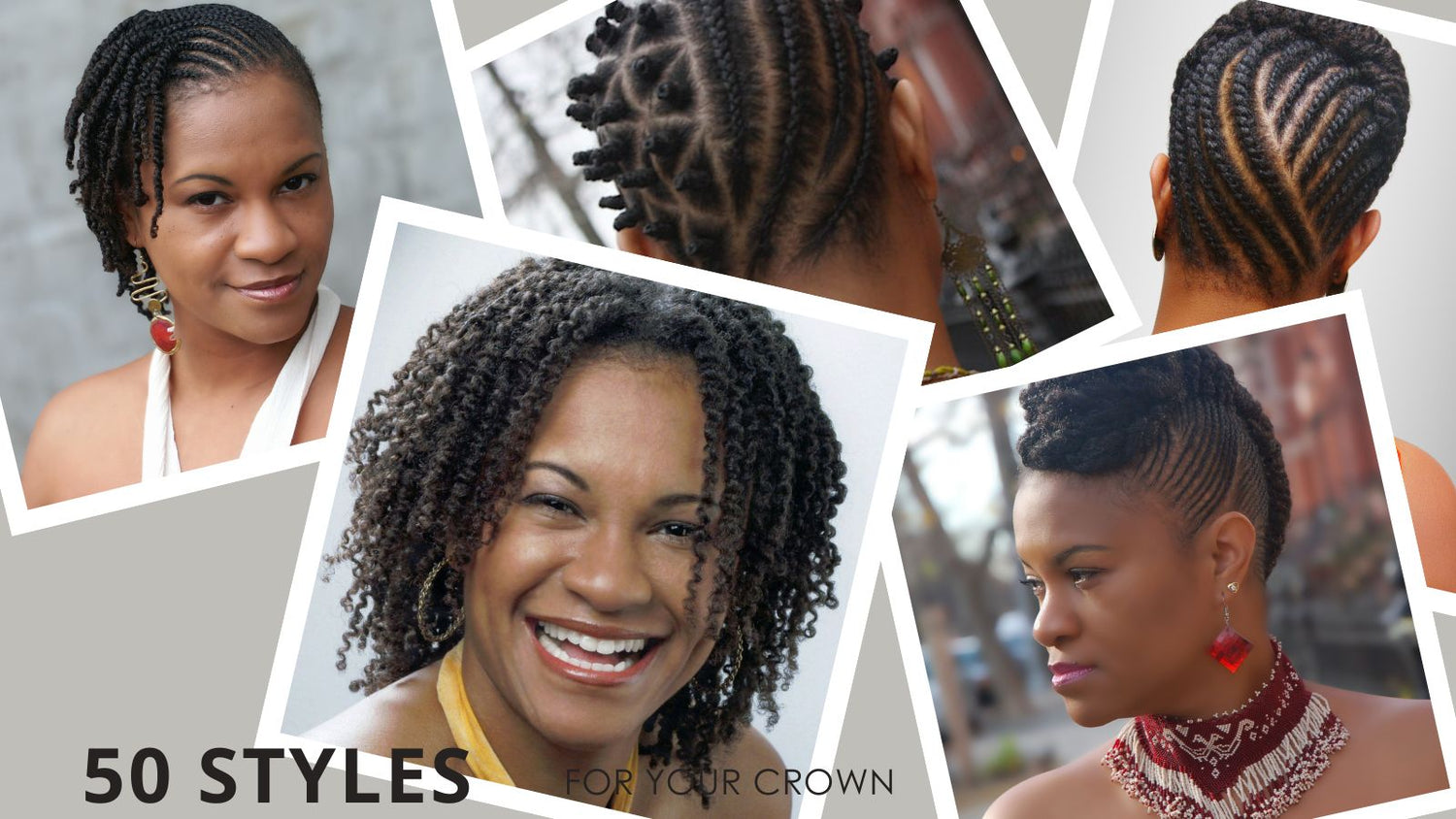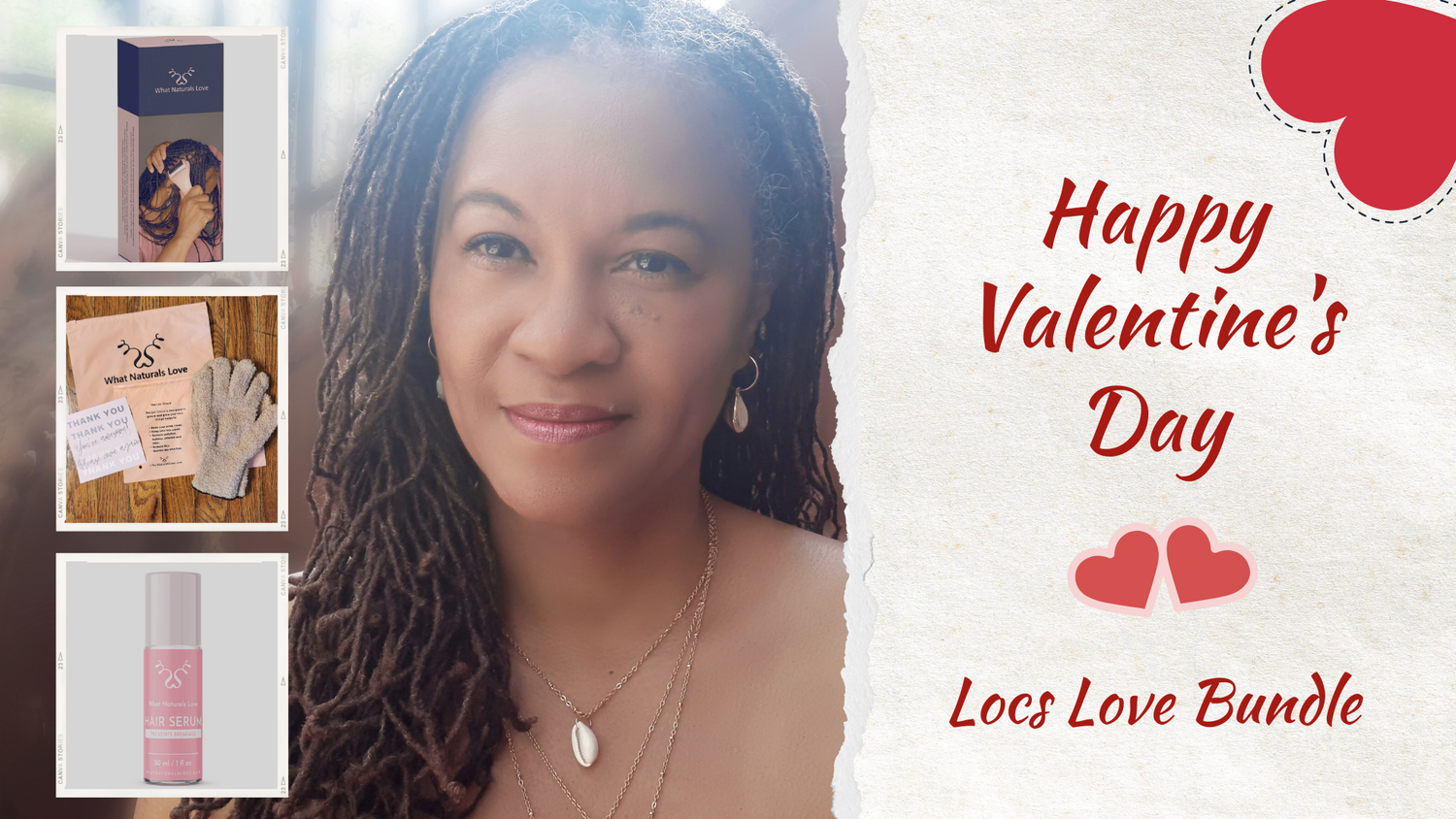Micro Locs maintenance to strengthen your roots
Although I started my locs with tiny braids, a certified Sisterlocks consultant has always maintained my braidlocs. That is a bit different than interlock maintenance. Interlocking is usually a four-point rotation, 12-6, 3-9, 6-12, 9-3 as you can see in the video. A Sisterlock rotation though doesn’t necessarily have to be a four-point rotation.
A Sisterlocktitian is trained to start and maintain your locs based on the curl pattern of your hair. So, depending on the type of curl on your head, you can have a three, four or five-point rotation. The new growth on my micro locs have always been maintained with a three-point rotation.

My Barrel roll styled Micro Locs/Braidlocs by Johanna from the Hair Box
Thinning locs
Sisterlocks maintenance has been working fine for me in all the seven years I’ve been locked. My hair looked and felt great. At one point I even felt like my locs were a bit too thick. With hardly any manipulation but only "sisterlocking" the new growth to the rest of hair, my locs swelled. They became thicker.
Even after the emotional stress of my sister’s passing took a toll on my hair and my locs were seriously thinning, my hair came back.
You don’t have to worry about your locs being too thick for very long though. The longer your locs get the thinner they will become. Aging of course, also plays a factor. This is what I learned last year.
Loc maintenance
Although I still have a full head of hair slowly but surely I noticed that the space in between my locs was widening. Since I am in Suriname where there are no certified Sisterlocktians, I had a local loctitian maintain my roots the way they usually maintain locs which is called “instoppen” in Dutch.
Johanna Master Loctitian and owner of the Hair Box Keizerstraat, Paramaribo, Suriname.
The difference
As far as I know this method is not widely used in the US, especially not on micro locs because it takes much more time. Although it may look like interlocking it is not. Where interlocking is crocheting the new growth on to the rest of the loc, this method threads the new growth with a needle then pulls it through a loc. A crochet hook can also be used for thicker locs.
Threading the new growth through a loc is not easy and takes a lot of time but it has one advantage: it makes the loc base stronger.
This is the 2nd time my locs where maintained this way and my roots definitely feel stronger. It’s a method I would totally recommend and hope to continue to do in the future.
The question is how do you call this type of loc maintenance? It is not interlocking, it is definitely not palm rolling nor twisting. It looks like the crochet braiding technique that I see in videos.
In the mean time I got a new style too! Barrel rolled Micro locs.
Here is a link to the products I use: The best loc products

If you value this blog and you want to support, please consider downloading BAD Hair Uprooted, the Untold History of Black Follicles. and become part of the movement for equal hair rights.







1 comment
Hi Mireille Liong,
Thank you for this very encouraging article. I have had to use a technique similar to this for my locs all last year. I started my locs a little bit after you. I am going into my 6th year, they were starting to get so long. And due to the fact that my hair is fine and curly, many times hairdressers just do not want to do my hair. So after much research and still not having a full understanding of the whole loc journey, but I was determined. I was going to have Locs. But where I live I could not find anyone to do my locs, or even just help me get started. People told me you will never get your hair to loc. That made me even more determined, now it did take 2 years before they even started looking like locs. Well, right at 5 yrs I started noticing I was getting pink inflamed bald spots. I had developed an allergy to my shampoo, ok Stopped using it. Not a big surprise this has happened many times in my life since I was 6 yrs. So during this time of helping my scalp to calm down, I was told not to put any stress on my hair or scalp using interlocking which was my method of maintenance. I asked questions on what to do, no one had any answers for me, and I could tell that the roots were getting weak. That’s when I went back to my roots, my mother used to always use a thread and a needle when she braided my hair. Because it would not stay braided on its own. So when I read your write-up about using a thread to sew the base to strengthen to roots, I was so happy to know it is a real thing. Please thank him, and I want to thank you for sharing. Many blessings Namaste 🙏 Heddalynn